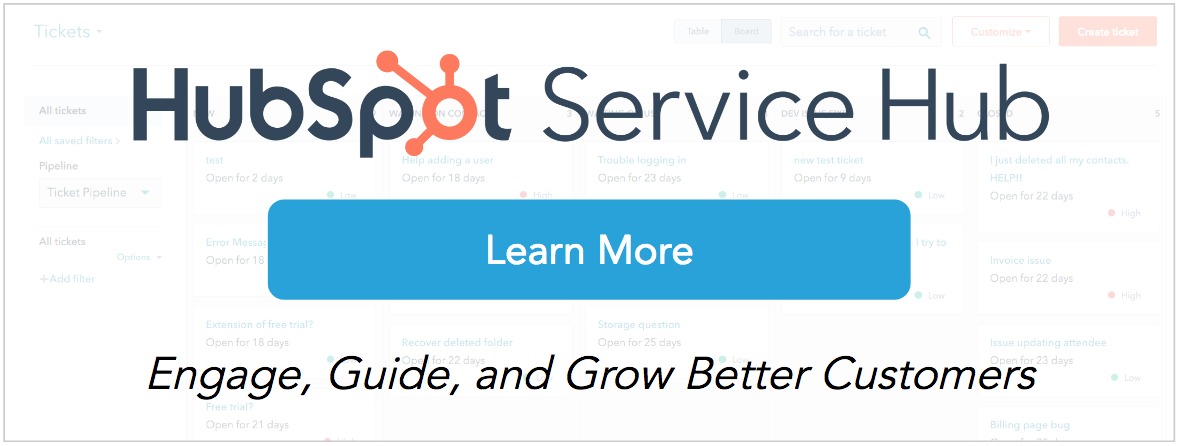Did you ever run a lemonade stand growing up? If not, you can surely recall seeing the scenario play out on TV or in a movie: A small child tries to peddle lemonade for a quarter -- it’s young entrepreneurship at its best.
What do you do when you happen upon the adorable and smart neighbor who regularly sells lemonade on the corner to raise money for a team fundraiser, for example? You stop and buy some, right? It may not be the best lemonade in town, but you keep purchasing because it makes you feel good to patronize them. And when you buy for reasons like this, you become a loyal customer.
Using this example of a child’s lemonade stand, we’ll walk through the answer to the question, “how do you build customer loyalty?” We all know it’s important, and we know the benefits of customer loyalty, but how do we actually make customers feel the feelings and derive the value they need to keep patronizing your business again and again?
How Do You Build Customer Loyalty? By Creating Dopamine Experiences
That good feeling you get patronizing a business (like the neighborhood lemonade stand) repeatedly is an example of a dopamine experience -- a core tenet of customer loyalty. Your brain is rewarding you for doing something that makes you feel good, such as buying lemonade from a trustworthy and credible young lemonade salesman. Just as he set you up for a repeatedly pleasant experience, you, too, should prime your customers for the dopamine experience -- and each interaction with you needs to make them feel good so they remain loyal.
You want these dopamine releases to begin the moment your future customer meets you and your brand -- whether it’s by visiting your website, attending a networking event, or finding you by way of a customer a referral. These initial experiences, and each one that follows, are critical elements in cultivating loyalty, and they are the foundation for a lasting relationship based on a culture of mutual advocacy.
With a goal of forming a relationship built on a culture of advocacy, sales and customer service teams are tasked with nurturing loyalty from the onset. This happens when they focus on three core values: integrity, mutual advocacy, and expectation-setting. Our lemonade stand can serve as an example for modeling these values.
How to Cultivate Customer Loyalty
1. Establish integrity
This is the basis upon which your entire relationship rests -- the root system, if you will. People don’t see integrity, but they do see the manifestations of it. Integrity is the alignment of your actions with your principles, and it stems from your core values and beliefs.
If you are in sales and you don’t have integrity, you will be challenged to set expectations for customers that align with your company’s vision, but there will ultimately be a disconnect, and loyalty will not ensue. If your company policies are too restrictive, sneaky, or otherwise don’t show integrity, customers will churn for competitors that are more customer-centric. In our lemonade stand example, you wouldn’t want to buy from a child who dilutes his lemonade, or tries to prank you with salt instead of sugar. Without integrity throughout the relationship, your customer will never form the bond that’s requisite for loyalty.
2. Become mutual advocates
If you want your customer to ultimately become your advocate, you must build the relationship around a culture of advocacy. This culture incorporates mutual advocacy from the start. It’s never too early to be your customer’s advocate. During the sales cycle, expectations for mutual advocacy can be set by modeling advocacy. Share with the prospects efforts you are making to get them a better deal. And as you get to know a prospect’s business model, think of businesses you know who would benefit from their solution. Consider whether an introduction is appropriate, or provide ideas for brand promotion. And when you start working with them once they become a customer, demonstrate advocacy for them by quickly and transparently addressing their feedback -- and proving the work you did to share it with the right team or to resolve it yourself.
In the lemonade stand business, our young entrepreneur would increase the likelihood of continued loyalty of their neighbor if they also promoted their child’s Girl Scout Cookies at the stand. In advocating for their peer’s business, they set the tone (and expectation) that the Girl Scout would do the same -- and continue to purchase the lemonade.
3. Set expectations
There are certain expectations that are inherent in a business relationship, such as the provision of services and goods in exchange for payment.
Additionally, if advocacy is your end goal, you should frame those expectations during the sales process. A negotiation and proposal will include the goods, services, support, etc. that you will provide.
Similarly, you should convey what you expect of your customer -- that ultimately, if you deliver on your promises, they will not just pay their invoices, but also become an advocate for you (i.e. provide testimonials that can be used on your website, participate in case studies, make referrals, etc.). It’s important to note that you have to earn the right to set this expectation, but this should only be done once your prospect has affirmed that you are their preferred vendor. Ideally, you have built the relationship on mutual advocacy).
Expectation-setting will also help your colleagues on the customer service team -- by setting proper expectations for what customers should expect from the future of the relationship moving forward will avoid disconnect or disappointment when sales transitions the relationship to the customer-facing side of the business.
If the sales team candidly frames these expectations clearly during the sales process, it makes it much easier for the customer team to ask for them down the road.
Sales Is Just the First Step
Maybe we can’t all be as magnetic as the lemonade salesman, but we can learn a little something about cultivating loyalty from them. If you want customers who stick around and also vocally advocate on your behalf, you must be strategic about garnering that loyalty from the moment they encounter you. Your sales team should be well-versed in these strategies, and the customer organization must be prepared to continue cultivating loyalty every step of the way.








![How & Why Loyalty Punch Cards Attract Customers to Your Brand [+ Examples]](https://www.hubspot.com/hubfs/customer-loyalty-punch-card_6.webp)



